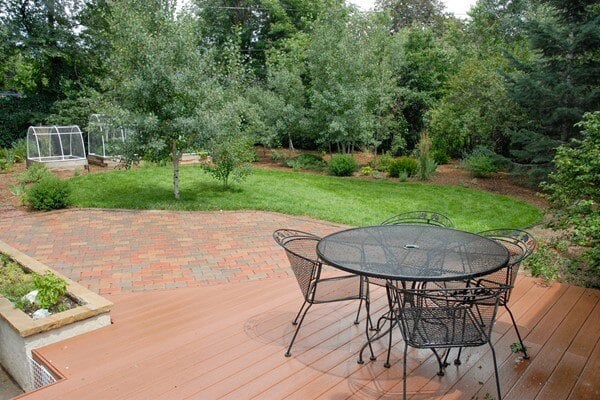Pawnee Buttes Sand Cherry
Pawnee Buttes sand cherry is a low-growing, spreading form of the native sand cherry shrub. It has lustrous green leaves on graceful, trailing stems. This shrub can make a nice groundcover.
Small clusters of fragrant white flowers bloom in early spring. They turn to black fruit by midsummer, which are attractive to wildlife. The leaves turn red to purple in the fall and drop when winter arrives.
.jpg)
.jpg)
.jpg)
.jpg)
.jpg)
.jpg)
.jpg)
.jpg)
Pawnee Buttes Sand Cherry
Pawnee Buttes sand cherry is a low-growing, spreading form of the native sand cherry shrub. It has lustrous green leaves on graceful, trailing stems. This shrub can make a nice groundcover.
Small clusters of fragrant white flowers bloom in early spring. They turn to black fruit by midsummer, which are attractive to wildlife. The leaves turn red to purple in the fall and drop when winter arrives.
Plant details
Botanic Name
Prunus besseyi 'P011S'
Pronunciation
PROO-nus BES-see-eye
Mature Height
15 to 18 in.
Mature Spread
4 to 6 ft.
Water usage
One Droplet: Water twice per month or less, once established.
Two Droplets: Water about once per week, once established.
Three Droplets: Water about twice per week, once established.
Flower Color
white
Bloom time
April to May
Colorado Native
Yes
Natural Habitat
northwestern North America
Light Requirements
sun, part shade
Cold Hardiness
USDA zones 3-6
Elevation Limit
hardy to 9,000 ft.
Performance
This is a good groundcover shrub choice for landscapes in our area with sunny exposure and low water. The attractive white flowers are unusual for a groundcover.
At the Water Wise Demonstration Garden, Pawnee Buttes sand cherry tolerates dry years well, but grows rapidly in summers with regular rainfall.
Maintenance
Prune out dead or damaged stems as needed.
See in a landscape
This downtown backyard was previously fence-to-fence Kentucky bluegrass and required too much water and maintenance. The yard was renovated to add a patio for outdoor living space, a small area of turfgrass for the family dog and a large mulched planting area that accommodates the raised vegetable beds. Drip irrigation waters the plants in the mulched areas on one zone and a separate drip zone waters the raised beds since vegetables need to be watered more frequently than shrubs and perennials. This renovation saved water and time by minimizing the turfgrass and keeping the plan simple.

.jpeg)
.jpeg)
.jpeg)
.jpeg)
.jpeg)
.jpeg)
.jpeg)
.jpeg)
.jpeg)
.jpeg)